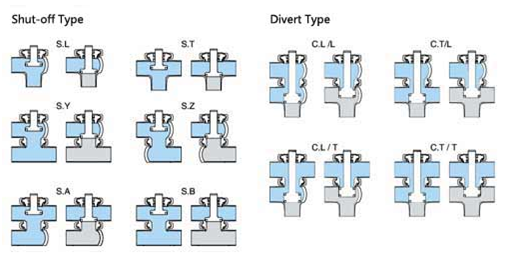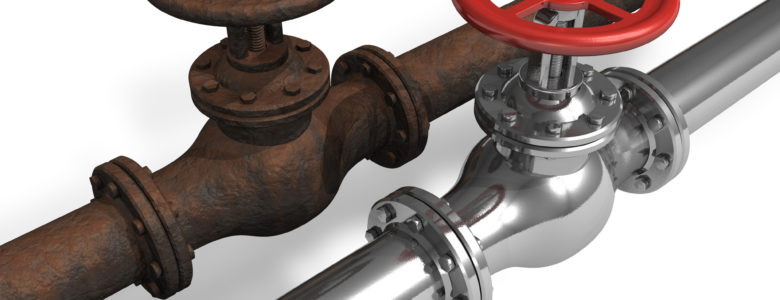What Are the Anti-corrosion Methods for Sanitary Valves?

Coating
The coating is the most widely used anti-corrosion means, especially in sanitary valve products is an indispensable anti-corrosion material and identification sign. The coating is usually made of synthetic resin, rubber slurry, vegetable oil, and solvent, covering the metal surface, insulating medium, and atmosphere, achieving the purpose of anti-corrosion. The coating is mainly used in water, salt water, seawater, or atmosphere where corrosion is not very strong.
Corrosion inhibitor
Corrosion inhibitor controls corrosion by promoting polarization of the battery. The corrosion inhibitor is mainly used in the medium and filler, which is added to the medium to slow down the corrosion of equipment and valve.
Cr-Ni stainless steels are active in a large range of sulfuric acid-free from oxygen and have serious corrosion. However, adding a small number of oxidants such as copper sulfate or nitric acid can turn the stainless steel into a blunt state, forming a protective film on the surface to prevent the erosion of the medium.
In hydrochloric acid, the corrosion of titanium can be reduced by adding a small amount of oxidant. Valves are often tested with water, which tends to corrode the valve. Adding a small amount of sodium nitrite to the water prevents water from corroding the valve.
Asbestos packing contains chlorides, which are highly corrosive to the stem, and distilled water scrubbing reduces the chloride content. However, this method is much more difficult to implement and is not suitable for the general application, but only for special needs.
Electrochemical protection
Electrochemical protection is divided into anode protection and cathode protection.
Anodic protection means that the anodic potential increases in a positive direction with the input of the protective metal and direct current. When it increases to a certain value, a compact protective film is formed on the surface of the metal anode, that is, passivation film. At this time, corrosion of metal cathode decreases sharply. Anode protection is suitable for metals that are easily passivated.
Cathodic protection means that the protected metal is used as a cathode, and the negative potential is reduced by adding a direct current. When it reaches a certain potential value, corrosion current velocity decreases, and the metal is protected. In addition, cathodic protection can be protected by a metal whose electrode potential is more negative than the metal being protected. If zinc is used to protect iron and zinc is corroded, then it is called sacrificial metal.







